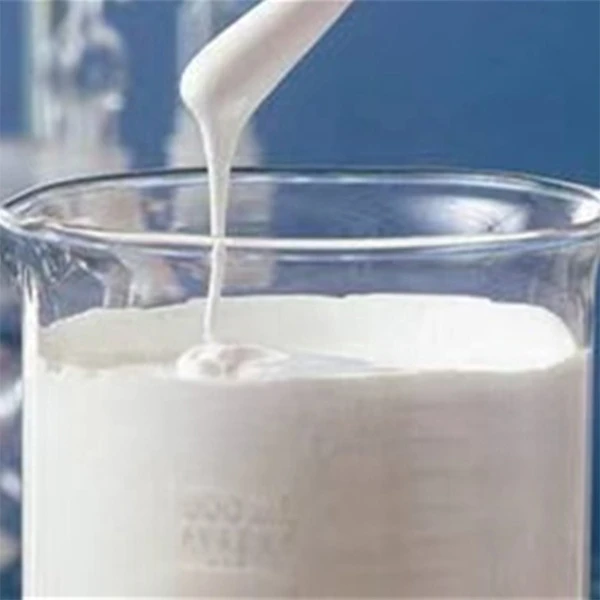Understanding Cellulosic HPMC Applications and Benefits
Hydroxypropyl Methylcellulose (HPMC) is a derivative of cellulose, a naturally occurring polymer found in the cell walls of plants. As a multi-functional material, HPMC has been extensively utilized across various industries, primarily due to its unique properties such as water solubility, film-forming capabilities, and thickening attributes. In this article, we will explore what HPMC is, its properties, and its wide range of applications.
What is HPMC?
HPMC is produced by the etherification of cellulose, where hydroxypropyl and methyl groups are introduced into the cellulose structure. This modification not only enhances the solubility of cellulose in water but also improves its functionality as an additive in different formulations. Depending on the degree of substitution, HPMC can exhibit different viscosities, solubility in cold or hot water, and gel-forming properties. This versatility makes HPMC a crucial ingredient in numerous formulations.
Properties of HPMC
The properties of HPMC which make it so desirable in various applications include
1. Water Solubility HPMC is soluble in water, forming a viscous solution that can be easily incorporated into products. This allows it to be used as a binder, thickener, or stabilizer in numerous formulations.
2. Film-Forming Ability HPMC can create a continuous film when dried, which enhances the physical properties of products, such as their texture and mouthfeel.
3. Non-Toxicity and Biocompatibility As a cellulose derivative, HPMC is considered safe for use in food and pharmaceutical products. Its biocompatible nature makes it ideal for a variety of applications in the healthcare sector.
cellulos hpmc

4. Thermal Stability HPMC exhibits good thermal stability, which enables it to maintain its properties under various processing conditions.
Applications of HPMC
1. Pharmaceuticals In the pharmaceutical industry, HPMC is widely used as an excipient in drug formulations. It serves as a binder in tablets, a thickening agent in suspensions, and a control-release agent in various delivery systems. Its ability to modulate the release rate of active pharmaceutical ingredients makes it particularly valuable in designing sustained-release formulations.
2. Food Industry HPMC is employed as a food additive, particularly in gluten-free formulations. It enhances the texture and moisture retention of baked goods, mimicking the elasticity typically provided by gluten. Additionally, it is used as a stabilizer in sauces and dressings, improving viscosity and consistency.
3. Cosmetics and Personal Care In the cosmetics industry, HPMC is utilized as a thickening agent, stabilizer, and emulsifier. It helps to improve the texture and usability of various products, including creams, lotions, and gels, enhancing their overall performance.
4. Construction HPMC is also used in the construction industry, particularly in dry-mix mortars and tile adhesives. Its water retention properties allow for improved workability and adhesion, essential for successful applications in building projects.
5. Agriculture In agricultural formulations, HPMC can be employed as a binder for fertilizers and pesticides, enhancing their granulation and performance.
Conclusion
Hydroxypropyl Methylcellulose (HPMC) stands out as a versatile and valuable additive across various industries. Through its unique properties, it enhances product performance, improves texture, and supports functionality in formulations. As industries continue to innovate, the demand for HPMC is likely to grow, driven by its efficacy, safety, and adaptability in meeting diverse requirements. Whether in pharmaceuticals, food, cosmetics, or construction, HPMC is a testament to how a naturally derived polymer can find essential roles in modern applications.






